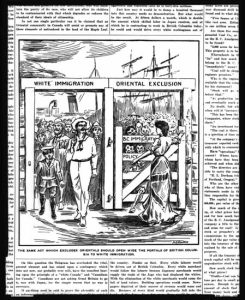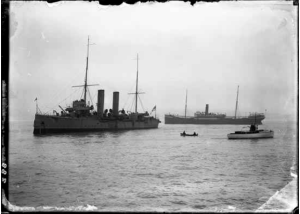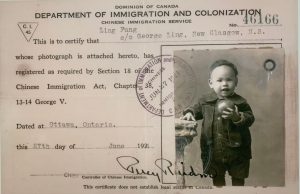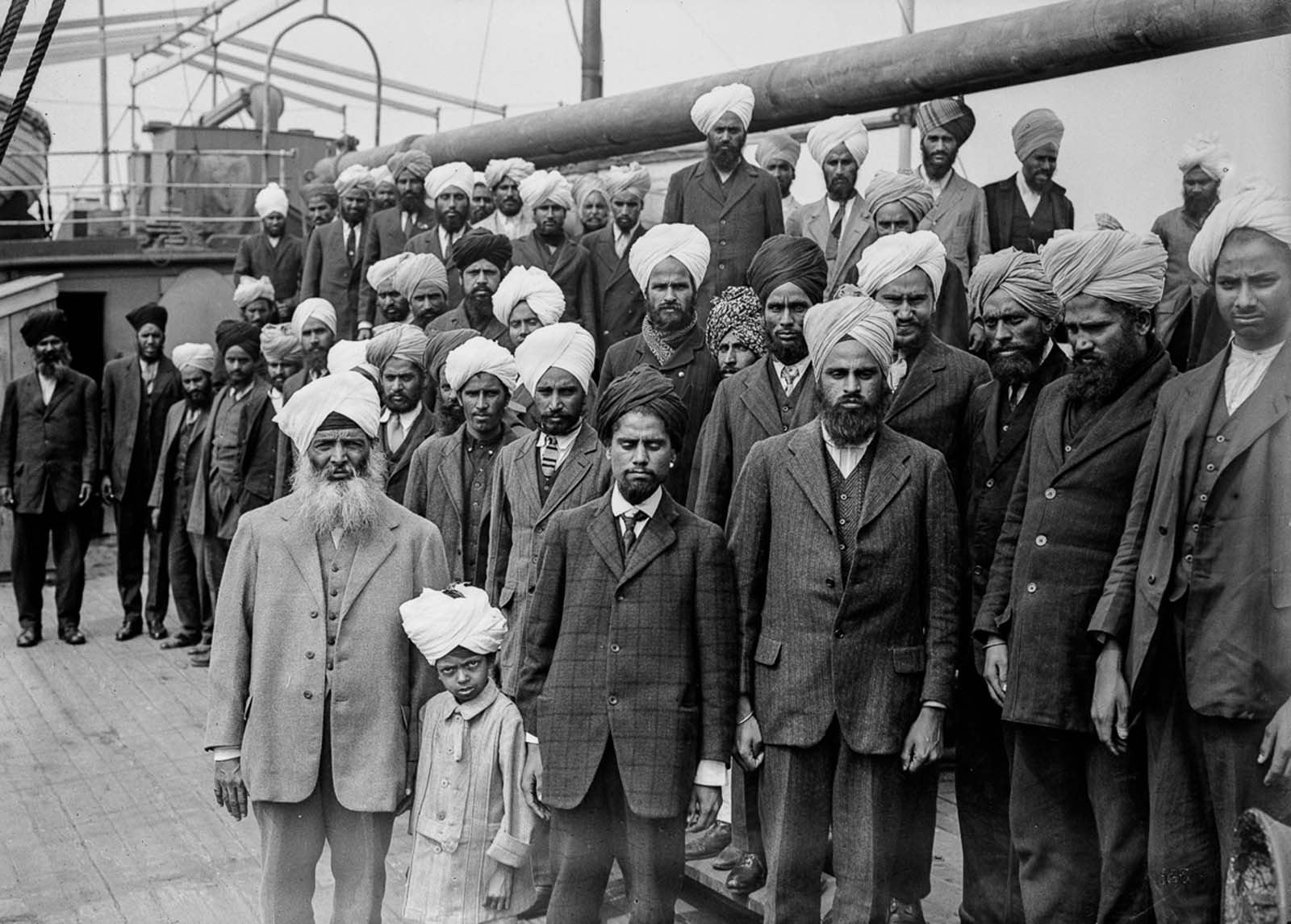Living in Canada, one of the sayings you always hear is that we are a very multicultural country. Of course, with so many beautiful cultures interacting within one country, it is easy to see why multiculturalism is one of our prime characteristics.
Multicultural Day in Canada lands annually on June 27. On this day, we take the time to recognize and honor all of Canada’s diverse cultural communities. Multicultural Day was first recognized in 2002 by the Canadian government as a means to “celebrate the vast and important contributions that Canadians of different cultural backgrounds have made to our society.”
In 1971, Canada adopted multiculturalism as a policy. This was done to ensure that diverse cultures in Canada were recognized for their contributions and to preserve their cultural freedom. In 1982, multiculturalism was recognized in the Canadian Charter of Rights and Freedoms and in 1988, the Canadian Multiculturalism Act obtained Royal Assent. This Act acknowledges Canada’s goals to recognize that multiculturalism is a part of this country’s identity. Furthermore, the Act seeks to “promote the full and equitable participation of individuals and communities of all origins in the continuing evolution and shaping of all aspects of Canadian society and assist them in the elimination of any barrier to that participation.” Canada is one of the first countries in the world that has enacted a multiculturalism law.
Of course, recognizing our beautiful cultural mosaic was not always an easy or straightforward journey, and it still is not today.
From a South Asian perspective, there have been many injustices we have had to face and still face today in Canada. In 1908, Canada passed what is called the Continuous Journey law. This law stipulates that immigrants coming to Canada must travel to this country directly from their home country, on a continuous journey. This law was clearly aimed at excluding Asian immigration from South Asia and Japan as these countries did not offer direct travel. The only route to Canada from these regions was the Canadian Pacific who was prohibited from selling tickets coming to Canada. Furthermore, all immigrants arriving from Asia had to pay $200 when they arrived in Canada (unless their country had a special agreement with Canada), thus placing further barriers on hopeful immigrants coming to this country.

The Continuous Journey law impacted many South Asians who hoped to make a new life in Canada. It was also the cause of a major tragedy in 1914 – the Komagata Maru incident. The Komagata Maru was a Japanese steamship carrying 376 Sikhs, Muslims, and Hindu’s from India that stopped in Vancouver. Due to the Continuous Journey law, passengers were not allowed to disembark because their boat set sail from Hong Kong, thus not completing a continuous journey from their home country. In 1914, two months after docking in Vancouver, the Komagata Maru was escorted out of this city despite the local South Asian community’s efforts to raise money and support. This law was in place until 1947 and it is one of Canada’s numerous historical shortcomings. It took until May 2016 for the Canadian government to issue an apology.

(South Asians were unfairly treated and actively discriminated against in Canadian history continuing to today, but we are far from the only ones. Many marginalized communities including Indigenous, Japanese, Chinese, and more communities, have been targeted with discriminatory policies and attitudes that have many repercussions to this day. )

This seeks to highlight that although Canada has come a long way in acknowledging the many diverse cultures in this country, it still has a lot of work cut out for it. By understanding our past and present, we can work towards making Canada a just and equitable country for all. Through understanding our histories and experiences, we can more deeply appreciate multiculturalism and having respect for all the cultures that call Canada home today.
References:
https://bcanuntoldhistory.knowledge.ca/1900/the-continuous-journey-law
https://pier21.ca/research/immigration-history/continuous-journey-regulation-1908
https://www.canada.ca/en/canadian-heritage/campaigns/celebrate-canada/multiculturalism-day.html
https://www.thecanadianencyclopedia.ca/en/article/canadian-multiculturalism-act
https://bcanuntoldhistory.knowledge.ca/1910/komagata-maru https://www.thecanadianencyclopedia.ca/en/article/multiculturalism
(We are very thankful to our volunteer team member, Amber Purewal for writing this blog.)

